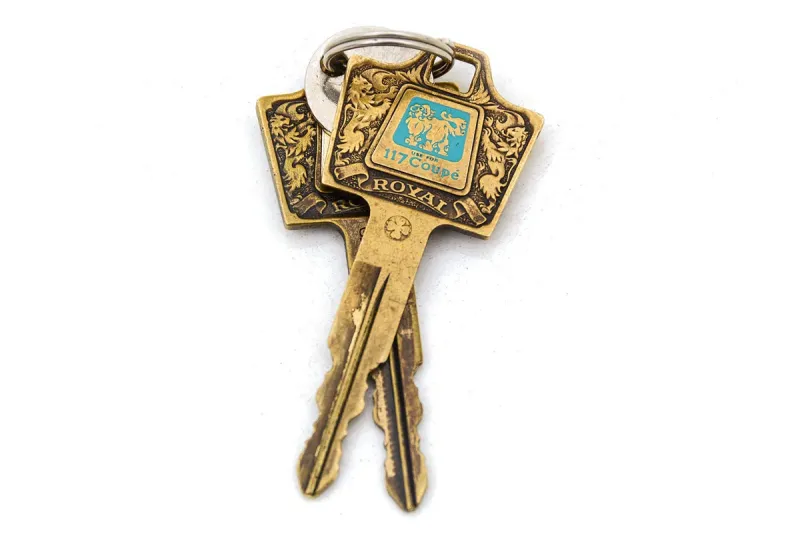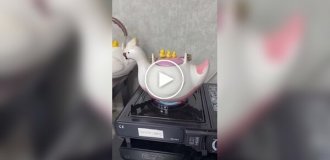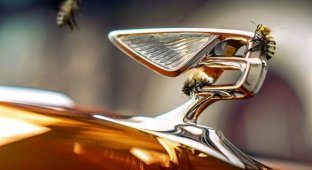Japanese woman with Italian design: Isuzu luxury coupe of the 1960s (9 photos)
The Japanese company Isuzu is currently known as a manufacturer high-quality commercial vehicles and diesel engines of various destination. Meanwhile, once the company produced excellent cars cars. 
Take for example the luxurious two-door Isuzu 117 Coupe, with great design and progressive construction. No doubt it was one of the best cars of the late 1960s.
Licensed Wolseley cars in the Ishikawajima assembly shop, 1918 
The origins of the Isuzu automobile company lie in the founding in 1853 Ishikawajima shipbuilding company. On the wave of universal motorization of Japan, shipbuilders decided to start manufacturing cars, and in 1918 under license from the English company Wolseley mastered the production of cars and trucks. Originally machines were sold under the Sumida brand, however, after the reorganization of the enterprise into 1934, the brand changed its name to Isuzu. All subsequent years the company worked in the interests of the militaristic government - supplied trucks and buses for the Imperial Japanese Army.
Isuzu Hillman Minx PH10 
Isuzu returned to the production of passenger cars only in 1953. At first, these were licensed English minicars. Hillman Minx. To the production of the first original model Isuzu Bellel, The company started only in 1961. 
In the late 1960s, a full-length Japanese firm faced the question of how to in an increasingly competitive environment to attract more buyers and improve brand reputation. At that time, to replace the obsolete Bellel, it was carried out development of a promising line of vehicles under the code name Florian 117. The family, which included a sedan and station wagon, had rear wheel drive chassis, overhead valve engine and body designs from the legendary Giorgetto Giugiaro. And that's when both Florian models are already registered on the conveyor, the company management had an idea to supplement this line of elegant coupes. 
The development of a new car, of course, was ordered by the same Giorgetto Giugiaro, or rather the firm Carrozzeria Ghia, where the maestro worked for that moment. The output turned out to be a stylish two-door car with rounded contours, a wavy belt line and a classic tail end fastback type. If it were not for the mirrors characteristic of Japanese cars on wings, the Isuzu 117 Coupe could easily be mistaken for a thoroughbred "Italian".
Twin-shaft 8-valve Isuzu G161W engine 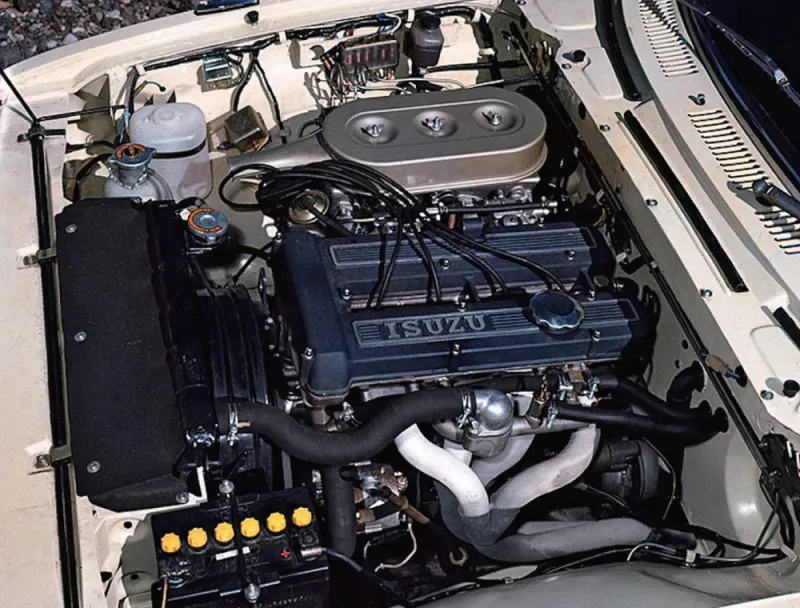
In terms of mechanics, the car came out no less remarkable. For the first time in Japanese practice 117 Coupe received an engine with a twin-shaft 8-valve cylinder head. Initially carbureted, in 1970 he received electronic injection D-Jetronic fuel developed by Bosch. He represented first generation multipoint system with analog control unit and intake manifold absolute pressure sensor. Working volume of 1584 cm3, the injection engine produced quite impressive sometimes 130 hp
At the time of the debut, the car was equipped with a 4-speed mechanical gearbox. In 1975, a 3-speed was added to the range automatic box, and a year later the “four-step” was replaced with 5-speed "mechanics". On the running gear of the 117 Coupe completely matched the basic Florian model. In front was an independent spring suspension on double wishbones, rear rigid beam rear axle on leaf springs. In general, a classic for Japanese cars of those years design.
The dynamic data of the 117 Coupe is not outstanding: from 0-100 km / h the car accelerated in 10.1 seconds, maximum speed was 187 km 
Isuzu 117 Coupe was positioned as a high-end car, because had the appropriate finishes and equipment. The seat upholstery was made of genuine leather, and the front panel was made of Taiwanese camphor tree. All seats had headrests (extremely rare for cars of those years), the interior was equipped with a cassette audio system, air conditioning and rear window defroster.
The assembly of the car was carried out almost manually, with small series of 50 copies per month. As a result, the car cost a lot expensive - almost 1.7 million yen. For comparison, the most expensive Japanese car of that time Toyota 2000GTwas estimated at 2.4 million yen (58 thousand rubles). dollars in modern terms). However, since 1971, the Japanese began produce a simplified version with a single-shaft carburetor engine 1.8 liter capacity 100 hp
The interior of the cars of the first series was assembled manually by qualified personnel and was of high build quality. 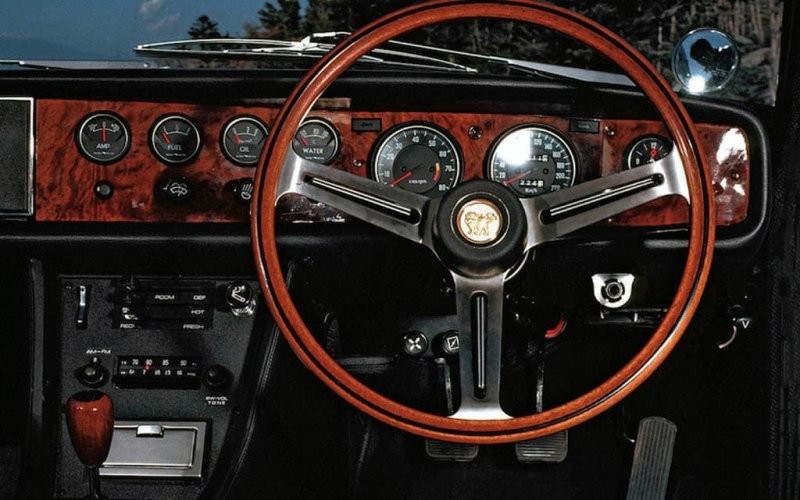
In 1973, the car underwent a restyling, which came down to serious reduction in the cost of the car. So some were removed from the body chrome decor details, 14-inch wheels were replaced with 13-inch ones, and upholstery materials made artificial. Even the front panel the laurel was changed to stylized plywood. Measures of "optimization" went to benefit and sales increased from 965 units in 1972 to 9506 units in 1974.
In 1979, the Isuzu 117 Coupe was once again in the annals of the automotive industry. history, this time as the world's first diesel coupe - just then the XD modification came out with a 2.2-liter diesel engine with 73 hp. The production of the car ended in 1981 at around 86182 instance. The most valuable are the machines of the first generation (until 1972), 2458 units were produced.
Ignition keys had their own unique design 